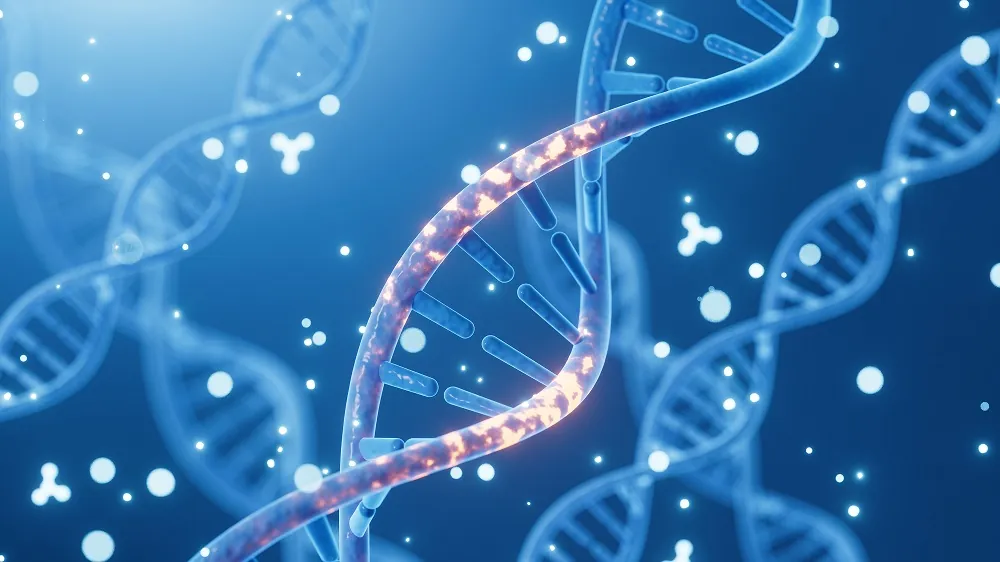A preprint published in bioRxiv has demonstrated that the second-generation aging clocks PhenoAge, DunedinPACE, and GrimAge show increased but reversible age acceleration in mice and people exposed to significant stress.
What clocks are for

Read More
As the researchers remind us, epigenetic clocks measure “how old you are” in a very specific context. Two of the clocks used to test the humans in this study, PhenoAge and GrimAge, are focused on mortality: that is, if someone has a GrimAge of 60, the clock is saying that this person is as likely to die from age-related causes as the average 60-year-old. DunedinPACE is similar, with a focus on age acceleration and the rate of aging. This particular clock was presented at last year’s Ending Age-Related Diseases conference.
in this paper, the researchers show that these biomarkers of increasing mortality rise with certain stresses but return to baseline once the stresses have passed.
Heterochronic parabiosis, revisited
It is well-known in the longevity field that heterochronic parabiosis, the joining of the circulatory systems of old and young animals, leads to the reversal of multiple aspects of aging in the older animal [1]. On the other hand, it also causes stress to the body of the younger animal.
The researchers joined three-month-old mice to 20-month-old mice for three months, with a control group of three-month-old mice joined together in the same way, and then allowed two months for recovery. The liver, which filters the blood, was chosen as the organ for this testing, and the researchers used six separate clocks, including pan-tissue clocks and clocks specifically geared to the liver.
Both groups suffered some epigenetic stress from the procedure itself, as shown by their recovery following the procedure; however, the heterochronic group substantially increased in biological age, which was then reverted after the recovery period. These results make it clear that the young mouse in this scenario is actually aged in a quantifiable, but reversible, way.
Humans age from some stresses, not others
The researchers tested the methylation of older people undergoing surgery at three time points: immediately before, the morning after, and four to seven days later before discharge from the hospital. An emergency hip surgery group had 9 people, an elective hip surgery group had 10, and an elective colorectal surgery group had 11.
In the emergency hip surgery group, biological aging was increased in nearly all the patients and then decreased after surgery, according to all three human clocks. There were outliers in this group; in particular, one person had much greater age acceleration than the others, which continued even after surgery. However, the results were still significant.
However, this did not occur in the elective hip surgery group, and colorectal surgery, which is much less physically traumatic than hip surgery, had no discernible effect on aging according to these clocks. Therefore, the researchers conclude that only large-scale physical trauma is enough for this stress to affect epigenetic clocks.
The researchers also tested two major, well-known sources of stress: COVID-19 infection and pregnancy. In the case of COVID-19, the patients’ age was already accelerated by the time they were admitted to the ICU; therefore, the researchers expected to see a decrease in aging according to multiple clocks.
The results were very interesting: females, but not males, showed a decrease in epigenetic age during recovery, particularly after discharge from the ICU. The researchers also analyzed the effects of three well-known interventions common at the time the study was conducted: hydroxychloroquine, remdesivir, and tocilizumab. While the first two were not significantly connected with a decrease in biological age, patients who took tocilizumab were reported as being younger after discharge, according to all three clocks.
The researchers also analyzed longitudinal data from multiple studies of human pregnancy among multiple demographics. While first-generation clocks did not show these results, these second-generation clocks reported that human mothers gradually increase in biological age during their pregnancies, with reversal after birth.
Conclusion
Probably the largest potential concern is what constitutes aging in the biological sense. If something can be, and is, reversed as the result of normal biological processes, is it truly aging? The researchers hold that biological aging, while it has a gradually upward trajectory, does naturally fluctuate in this way. Therefore, these clocks report biological changes that constitute real epigenetic aging, which has downstream biological consequences.
If this is the case, it may be possible to develop interventions that harness the inherent malleability of the short-term fluctuations in epigenetic aging, keeping them lower for longer periods of time and thus slowing or perhaps reversing multiple other aspects of aging.
Literature
[1] Conboy, I. M., Conboy, M. J., Wagers, A. J., Girma, E. R., Weissman, I. L., & Rando, T. A. (2005). Rejuvenation of aged progenitor cells by exposure to a young systemic environment. Nature, 433(7027), 760-764.





